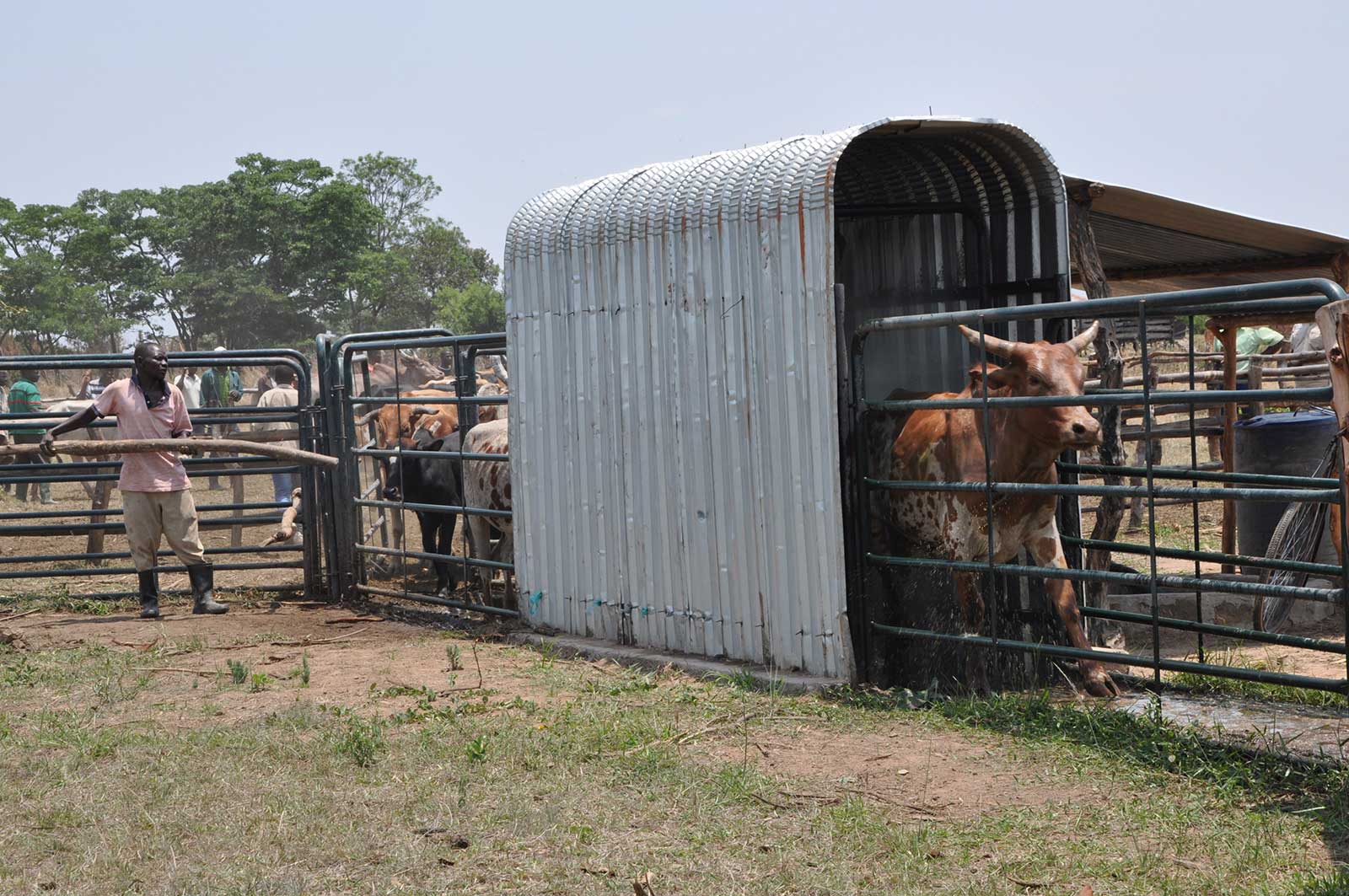
By Chipo Tachiona
Tick-borne diseases present a significant threat to cattle health, particularly during periods of drought when the usual challenges of livestock management are compounded by environmental stressors.
This year, Zimbabwe experienced an El-Nino-induced drought. His Excellency, President Emmerson Mnangagwa has since declared drought a state of national disaster. The government has responded by several drought mitigatory measures to make sure people don’t starve and livestock does not succumb.
Drought conditions usually exacerbate the prevalence and impact of ticks due to changes in vegetation, animal behaviour, and the overall ecosystem balance. During drought conditions, several tick-borne diseases tend to become more prevalent. These conditions often lead to increased human and animal interaction with tick-infested areas as water and food sources become scarce.
Effective management of tick-borne diseases in these challenging times requires a comprehensive and proactive approach. This involves integrating regular monitoring, strategic use of chemical and biological controls, and implementing improved management practices tailored to the unique conditions of drought.
Ensuring cattle receive adequate nutrition and hydration, despite limited natural forage and water sources, also plays a critical role in maintaining their resilience against infections.
By adopting a multifaceted strategy, farmers can mitigate the risks associated with tick-borne diseases, thereby safeguarding the health and productivity of their livestock during drought periods.
However, a cattle spray race system is an efficient tool designed to administer disinfectant solutions onto animals by completely wetting them as they pass through an enclosed structure. This modern technique offers a superior alternative to traditional methods such as cattle dipping and hand spray pumps.
Design and components
Spray races typically consist of a tunnel-like arrangement of pipes equipped with strategically placed spray nozzles. The nozzles ensure complete coverage of the cattle with the spray mixture.
A pump powers the system, which can be run by a petrol engine, electric motor, or solar-powered pump. A 6.5Hp water pump is recommended for optimal results as it provides a high volume of water at low pressure.
The spray nozzles are specifically designed to be adjustable, allowing them to spray at various angles for better coverage. A simple filtration system is incorporated to protect the entire system from potential clogging issues.
Benefits of cattle spray races
Spray races can be particularly effective during drought conditions due to their efficient use of water and their ability to maintain livestock hygiene and health.
Controlled water usage: Spray races use water in a controlled manner, and this can ensure that only the necessary amount is used to clean the animals. This is crucial during drought when water is scarce.
Recycling systems: Many spray races are designed to recycle water, further reducing the overall consumption.
Reduced disinfectant usage: The spray race system utilises significantly less disinfectant per animal, offering a cost-effective and environmentally friendly approach.
Better coverage: The adjustable spray nozzles ensure complete wetting of the cattle, maximising the treatment’s effectiveness.
Less cattle stress: Compared to traditional methods, the spray race system causes less stress to animals, making it suitable for weaker cattle and pregnant cows.
Versatility: A spray race can accommodate various herd sizes and animal species, including small animals like sheep and goats.
Precautions and recommendations
Check the animal post-treatment to ensure complete coverage, particularly in areas where pests are most prevalent.
Maintain a clean sump to prevent contamination and blocking of spray nozzles.
Monitor cattle flow rates to ensure proper wetting.
Regularly inspect spray nozzles for blockages and clean or replace them as needed.
Implement a footbath before the spray race to prevent hoof disorders, using a minimum four-inch depth of solution for adequate coverage.
Address the issue of “stripping” by employing continuous replenishment or reinforcement techniques to maintain an effective concentration of the chemical solution.
Ensure proper construction and operation by seeking professional help for designing the system and adequately training staff members.
Potential issues
Spray race nozzles are prone to blockages if not filtered properly, compromising their effectiveness.
Incorrect design or engineering of the spray race system could result in inefficacy, making it crucial to invest in quality equipment.
In summary, spray races offer numerous benefits compared to traditional methods and can be an effective tool for maintaining livestock health, especially during drought when water is scarce.
Chipo Tachiona is Farmyard Investments director.
Word from the market is a column produced by the Agricultural Marketing Authority (AMA) to promote market driven production. Feedback cchiduku@ama.co.zw or WhatsApp +263781706212.





